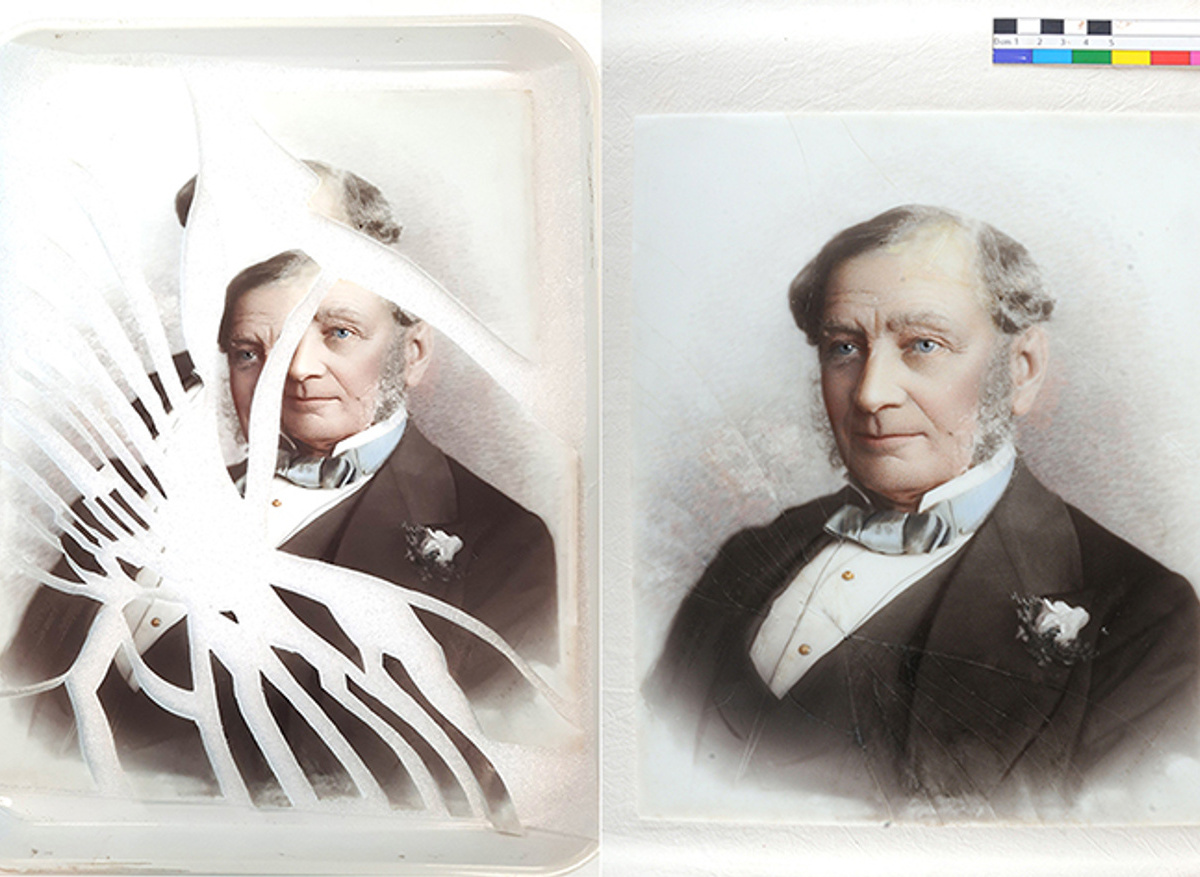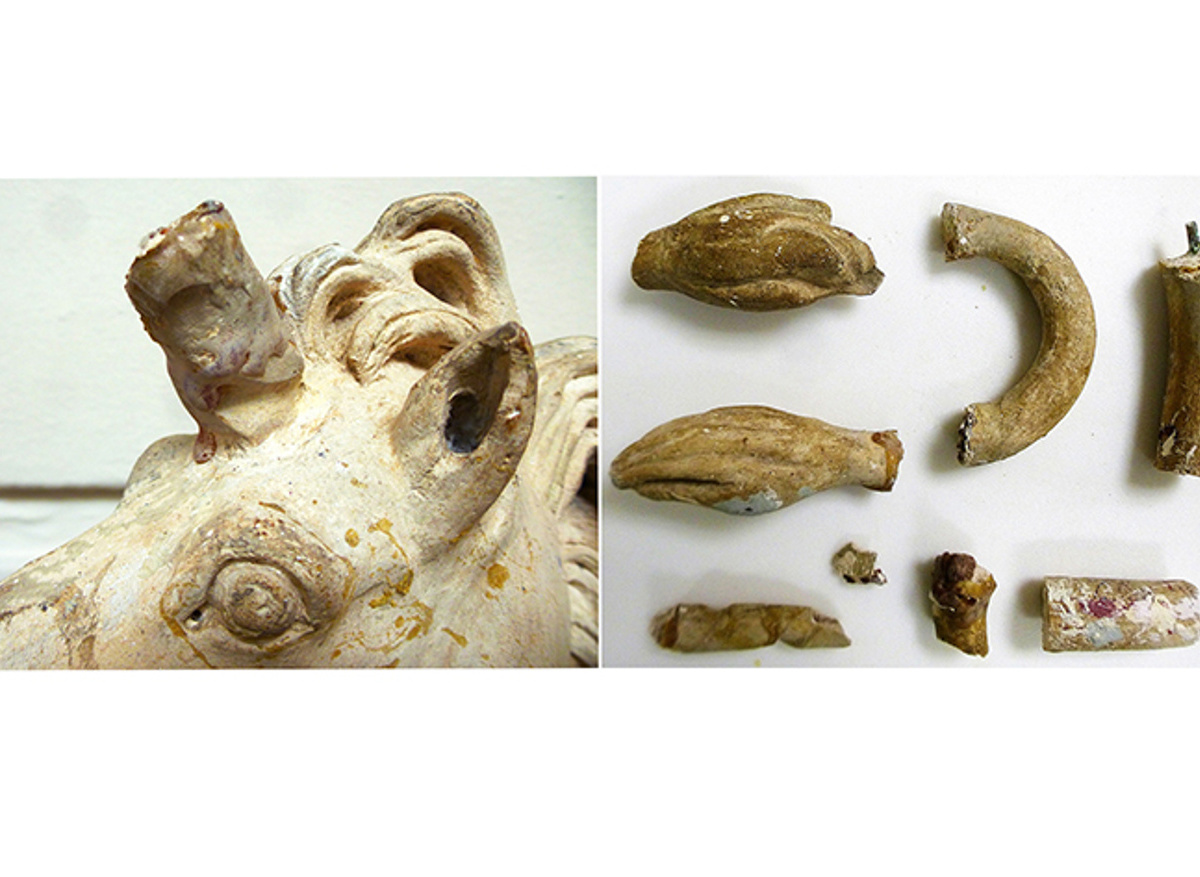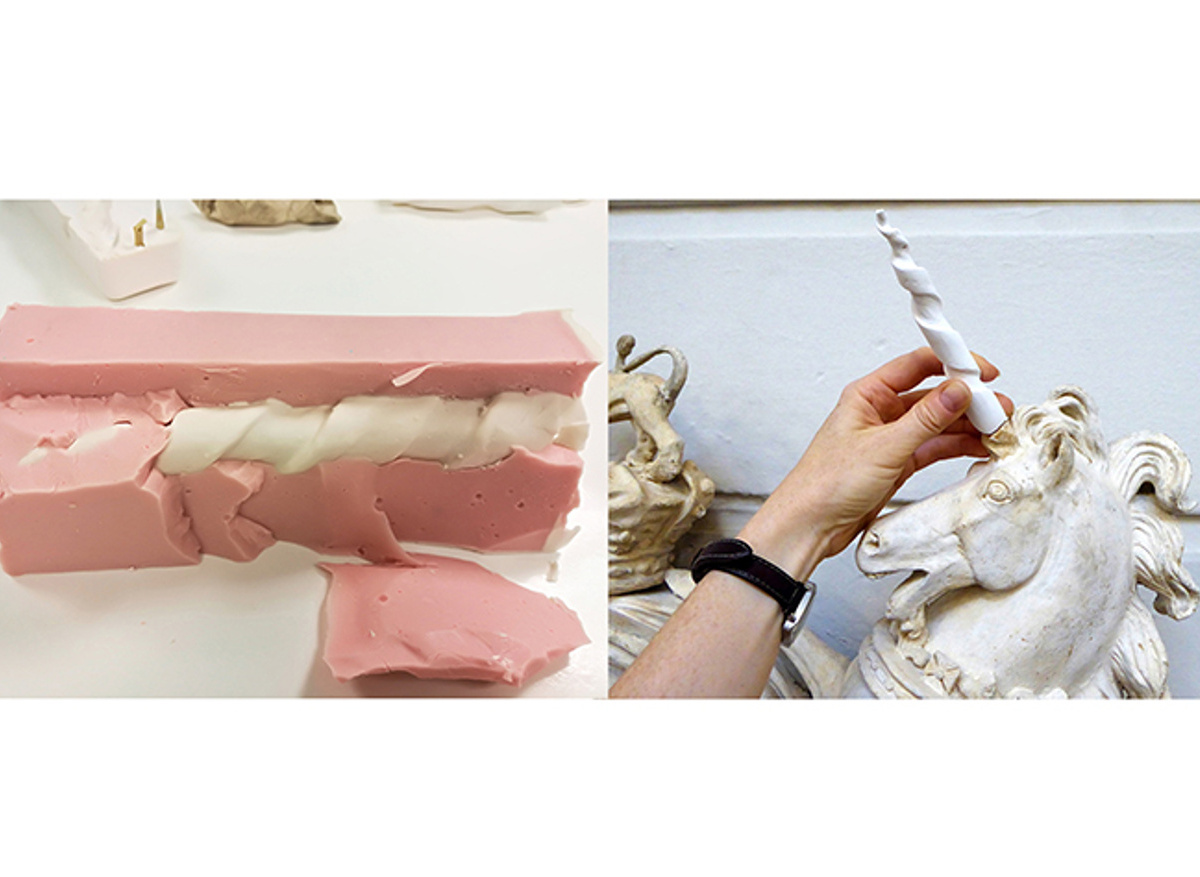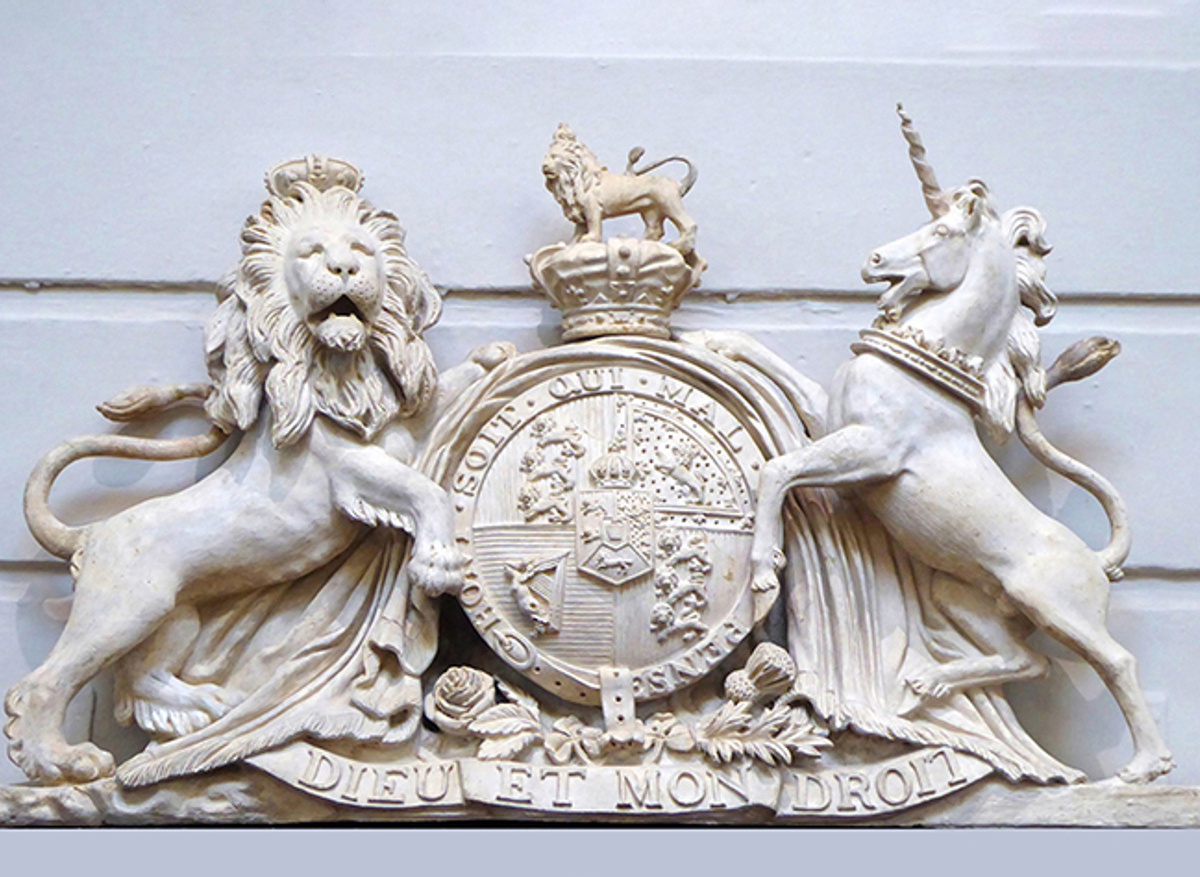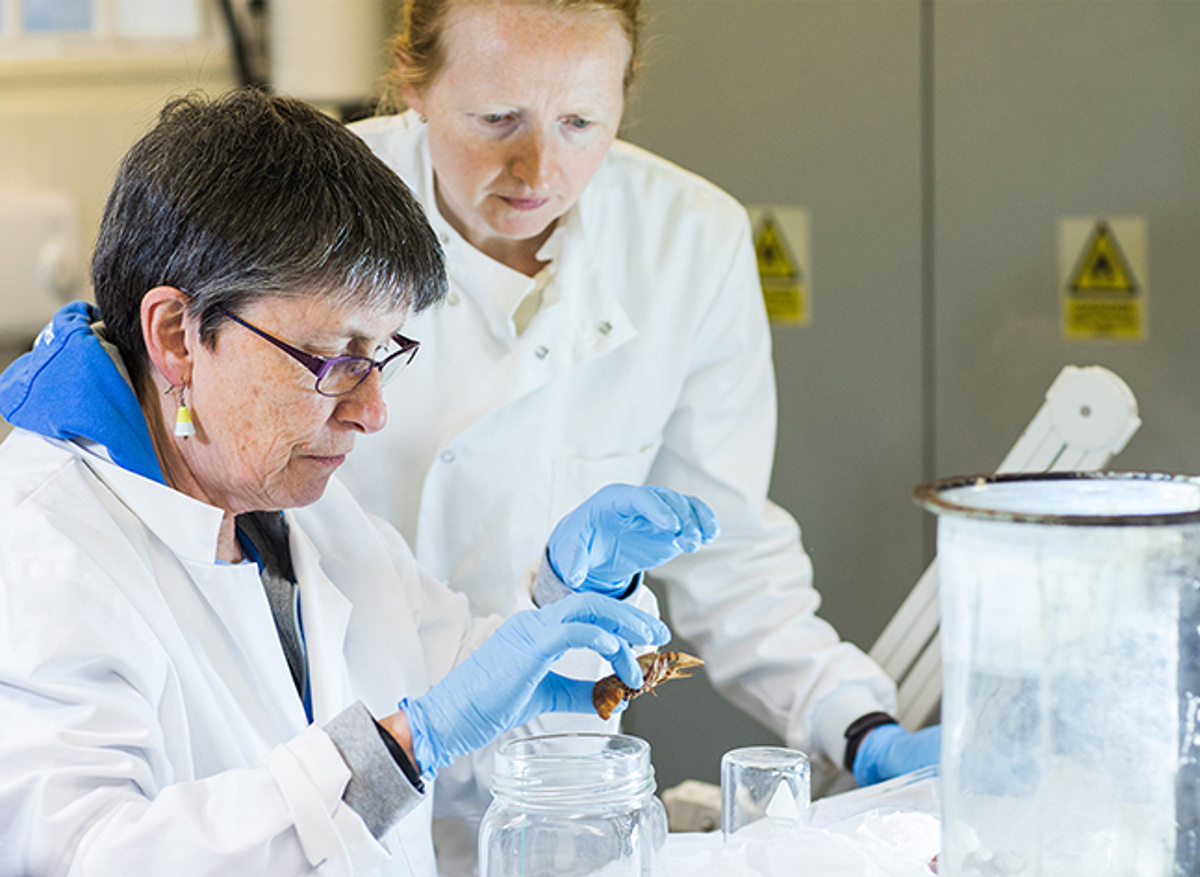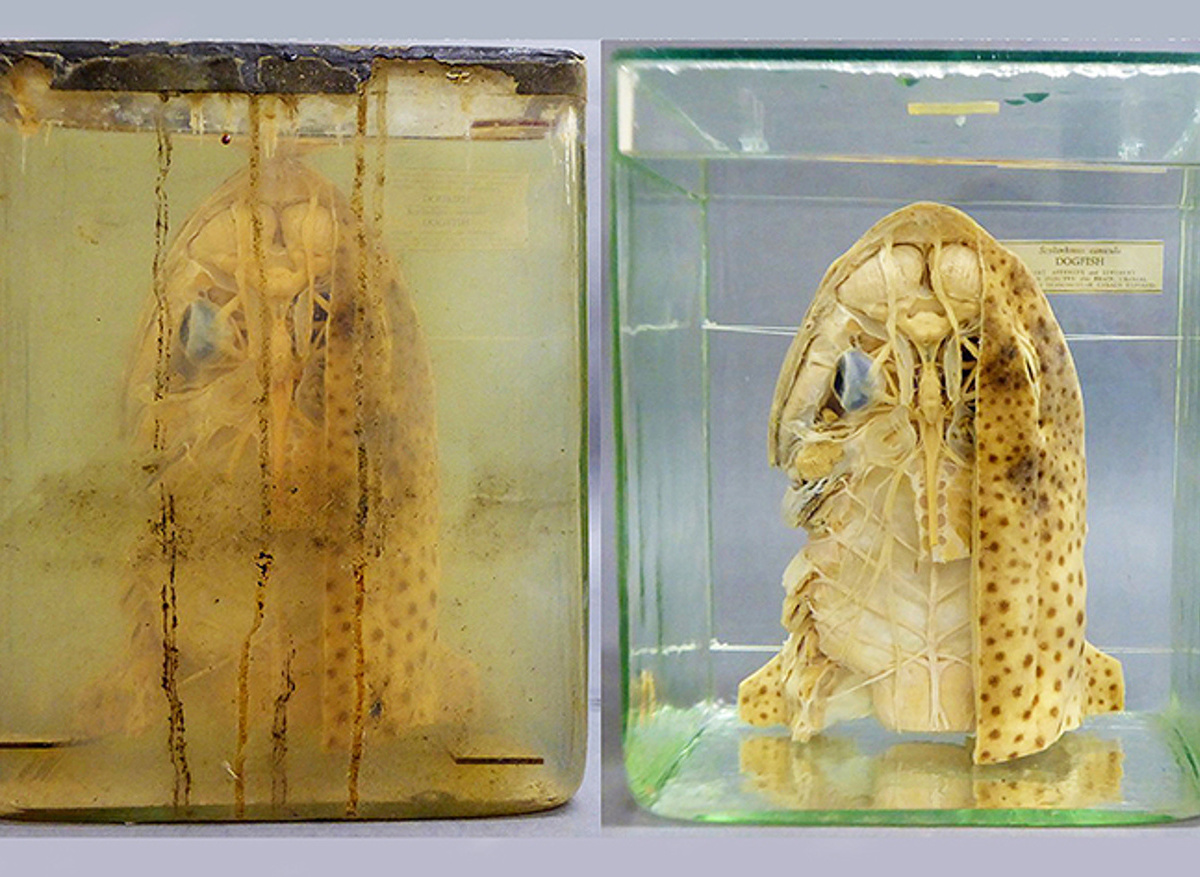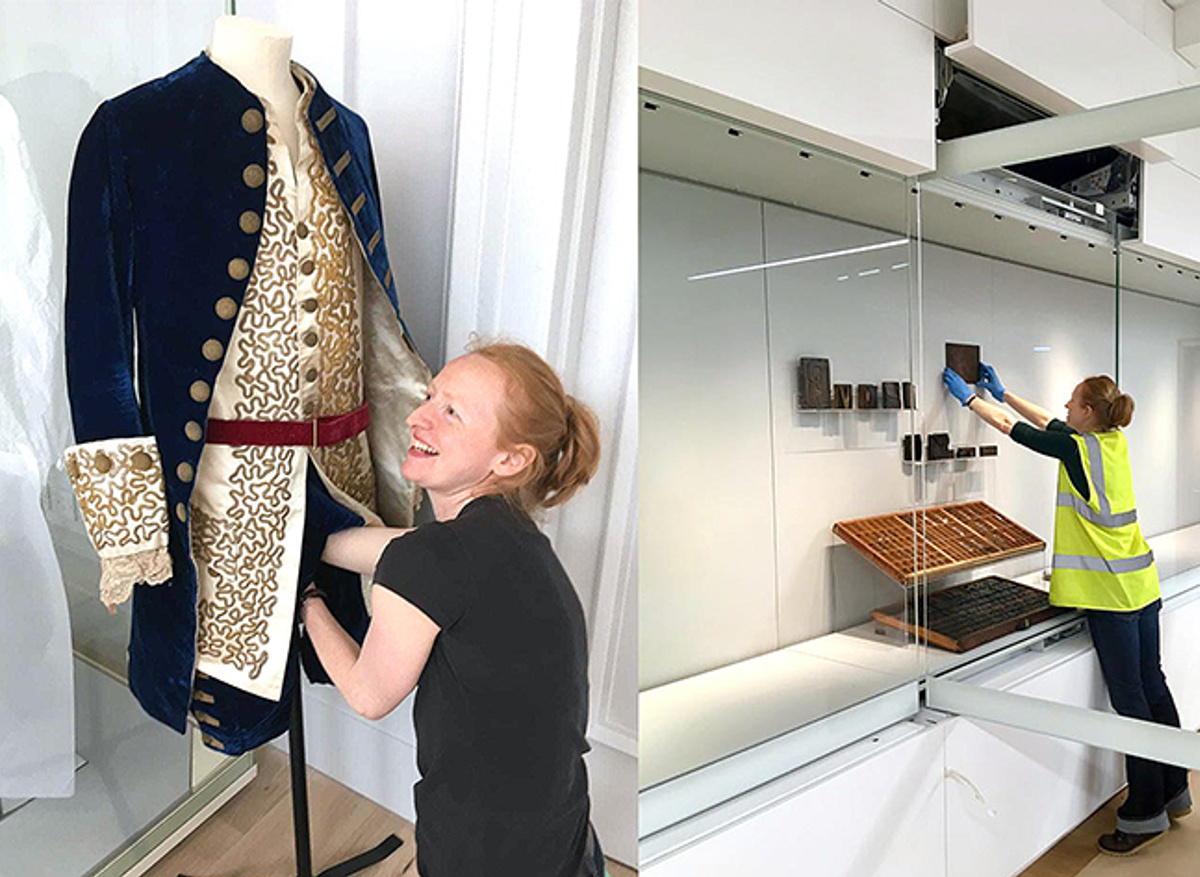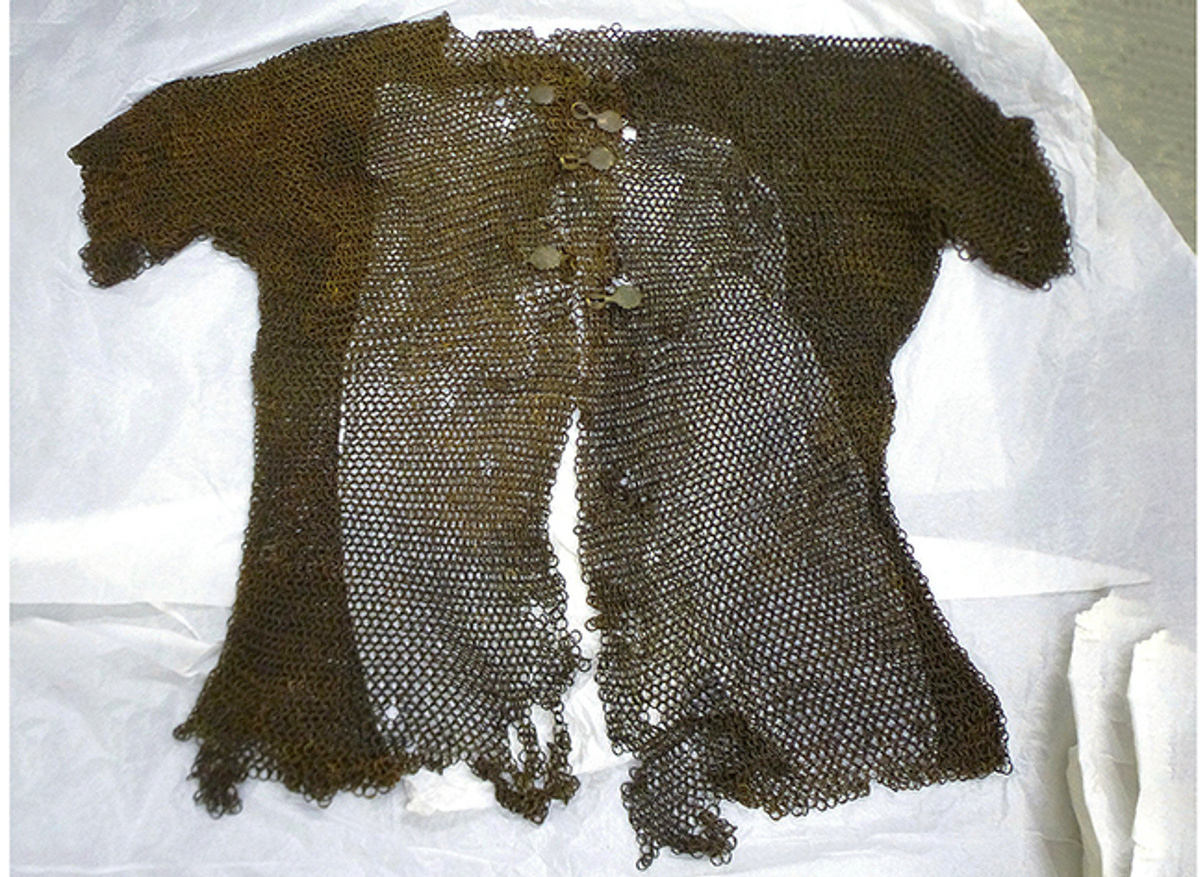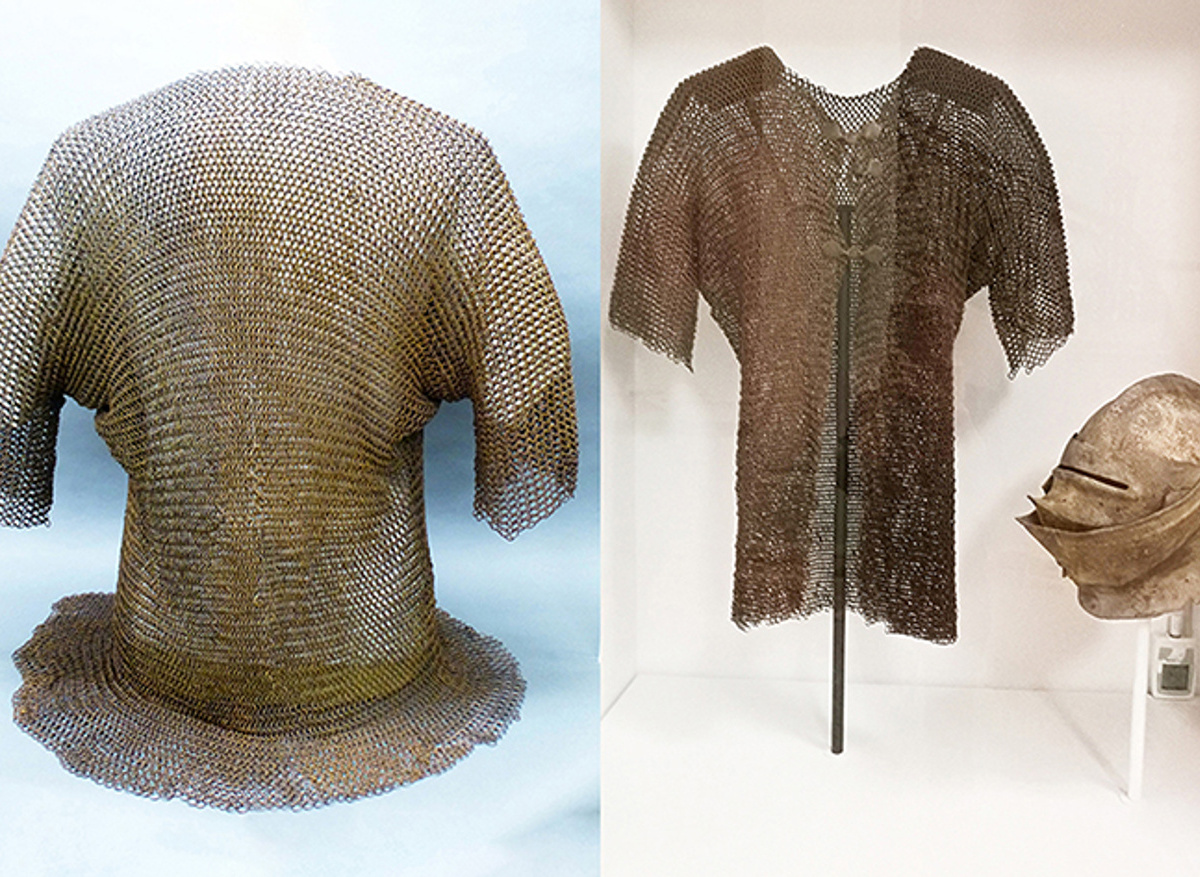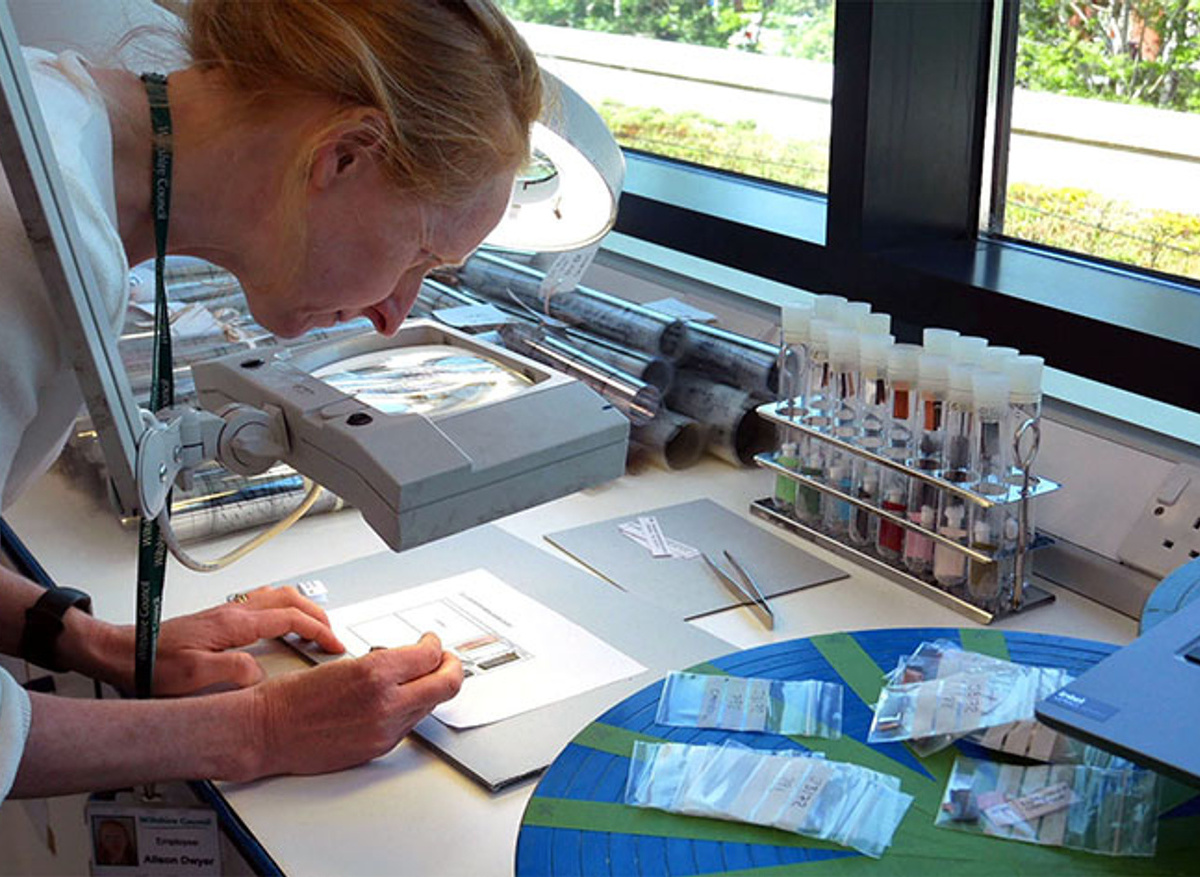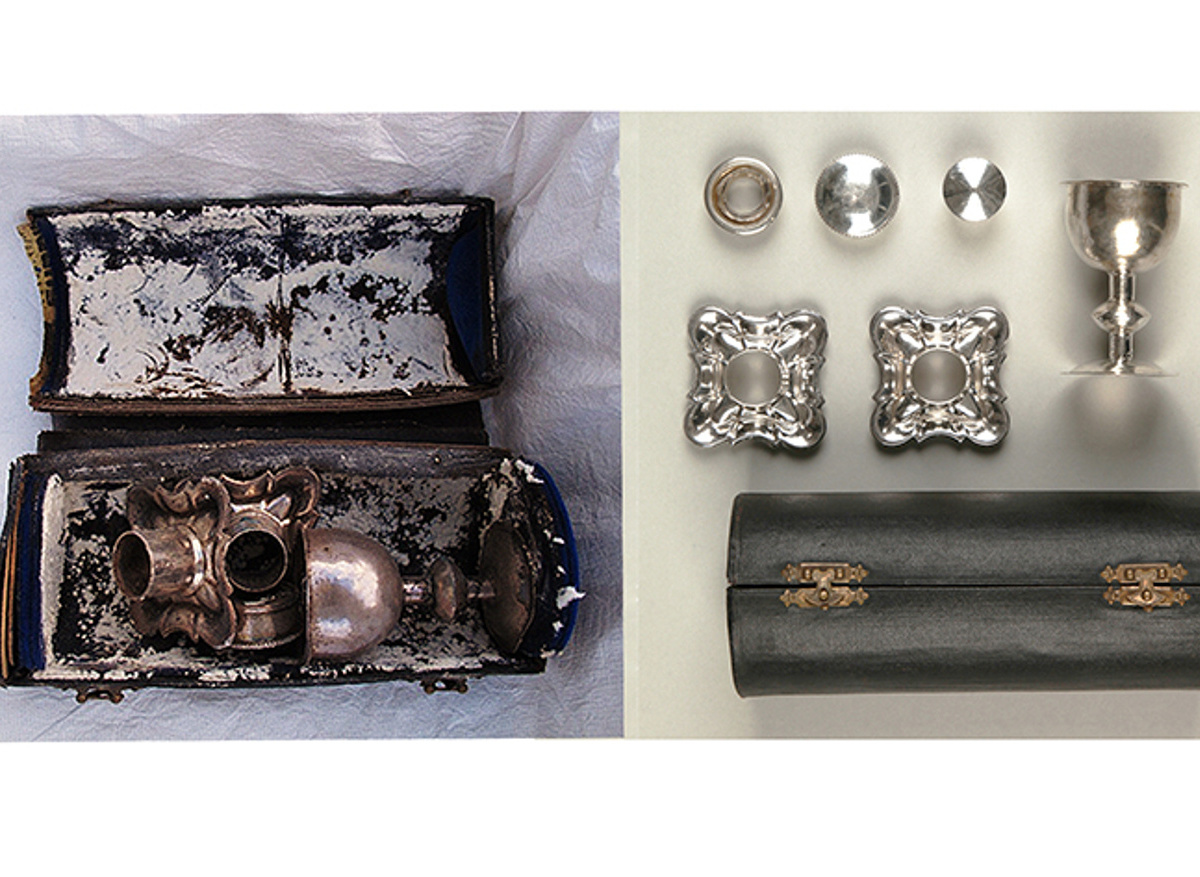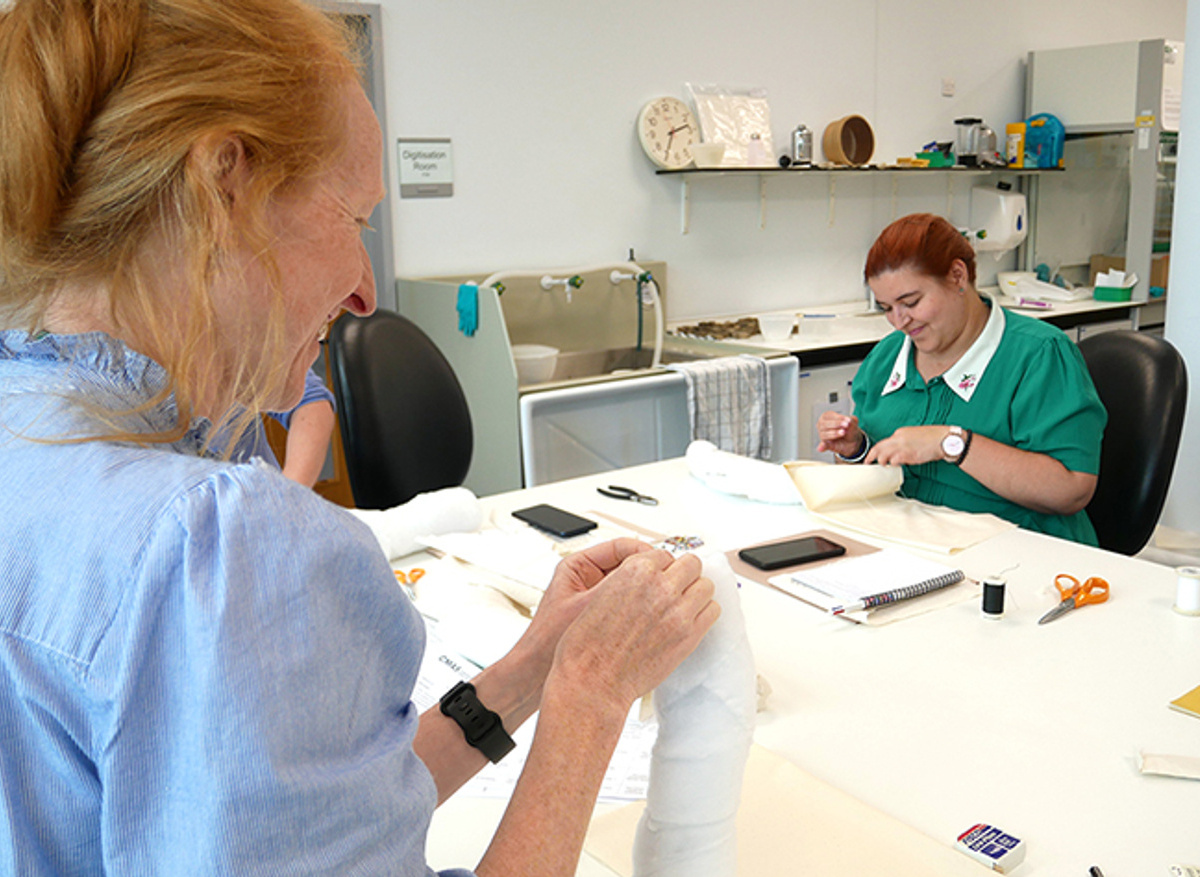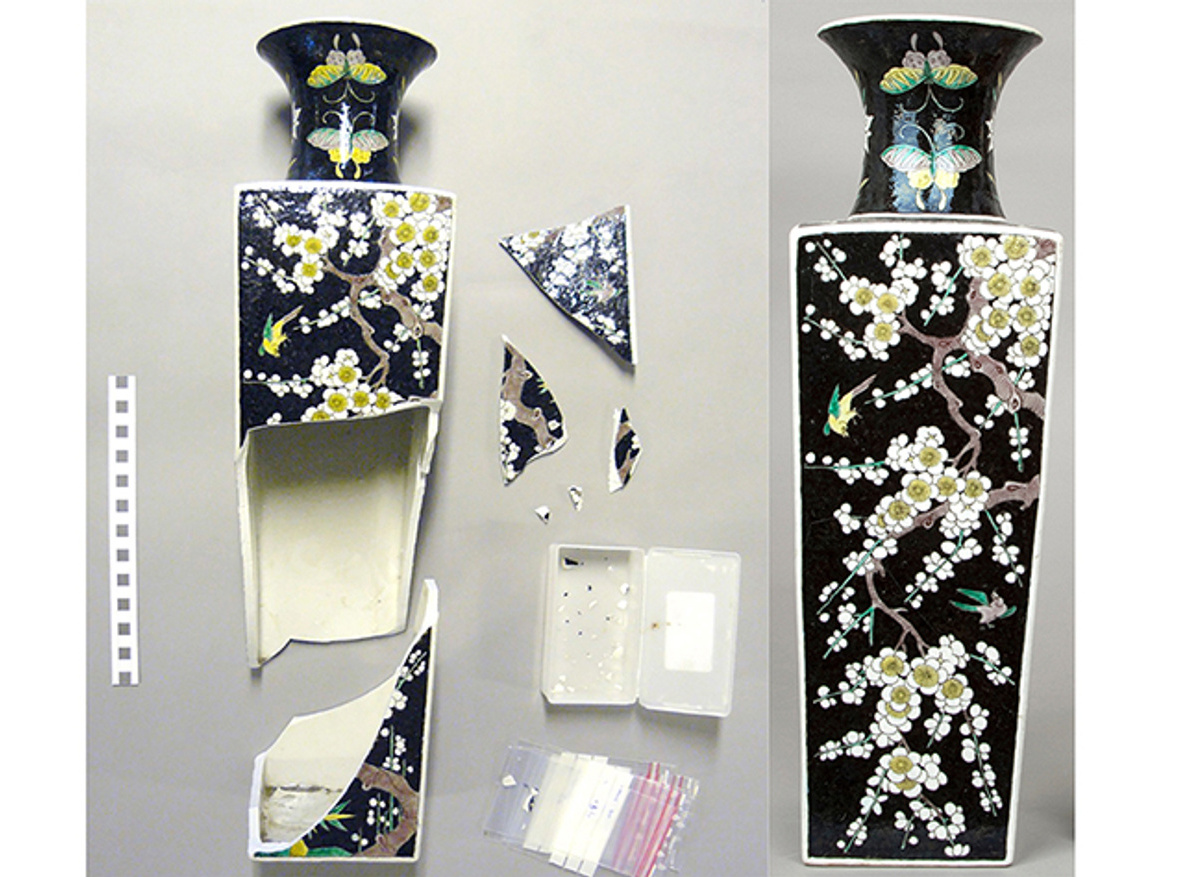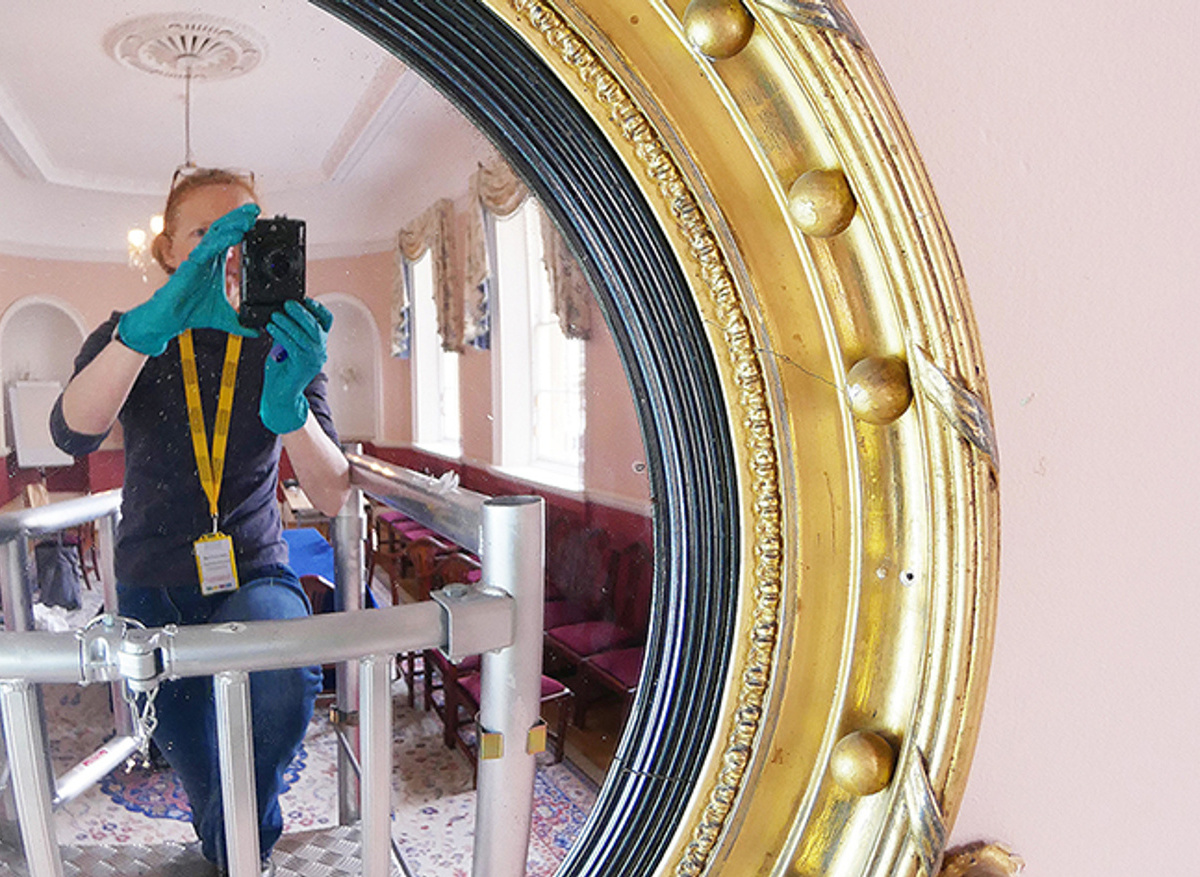As an objects conservator I work with a wide range of objects and materials, as listed in the Specialisms section to the right.
In reality, items can be composed of multiple materials and present a range of issues, so if you do not see your object or specific need listed here, it is always worth getting in touch as I may be able to help, or point you in the right direction if not.
I work in a well-equipped lab space with an x-ray machine, freeze dryer, micro air abrasive, Oddy testing facilities, microscopy and photographic equipment. I can also provide in-situ conservation, up a scaffold or on an archaeology site, for items that cannot be moved. Working closely with clients to understand the context in which items will be used and enjoyed, is a vital part of the process, determining the most suitable treatment options for individual items.
Services include:
- Hands-on (remedial) conservation to restore stability or prevent further loss to objects.
- Preventive conservation to assess and reduce risk, minimising the need for remedial work.
- Materials suitability testing (Oddy testing)
- Condition assessments, surveys and reports, tailored to specific needs.
- Exhibition and display support, including packing, moving and installation assistance.
- Training in collections care, both online and in-person seminars and workshops
Preventive conservation
Where possible, I will always prioritise preventive conservation. Essentially, this is about preventing damage from happening in the first place rather than waiting for it to occur and then having to undertake more costly work to treat it. I can provide advice and support in the following areas:
- Environmental monitoring & control (relative humidity, temperature, pollutants)
- Light and ultraviolet (UV) monitoring & control
- Integrated pest management (IPM)
- Storage and packaging methods & materials
- Handling
Materials Suitability (Oddy) Testing
I provide accelerated ageing testing, otherwise known as materials suitability or Oddy testing, to determine the suitability of materials (e.g., display case fabrics & seals, mount materials, printed labels) for use near museum objects.
As display and storage materials age over time, some will release emissions which can be damaging to museum objects, causing, e.g., metals to corrode, organic materials to become brittle and plastics and pigments to discolour.
Accelerated ageing tests are undertaken in accordance with the 3 in 1 variation outlined in the British Museum Occasional Paper 11, 1996 ‘Selection of Materials for the Storage or Display of Museum Objects’ (updated to include revisions outlined in IIC, Studies in Conservation, Volume 48 Number 4, 2003 and Volume 63 Number 1, 2018. Minor modifications have also been made in response to Diaz et al ‘Review and Interlaboratory Comparison of the Oddy test Methodology’).
Condition Assessments, Surveys & Reports
I always begin a conservation project with an assessment of an object and its environment. However, there are times when you many need a survey and report as a standalone piece of work, e.g., when:
- undertaking a Collections Care Audit to identify areas for improvement in care and preservation
- preparing condition documentation for a Loan Agreement, to travel with the object/s
- surveying a whole collection for a Museum Move, requiring a concise and structured methodology for assessing a large amount of material
- requiring a report for a Funding bid or Faculty application, to include specific information (e.g. Conservation Reports as specified by the Church Buildings Council)
- preparing a Specification document for tendering purposes
Exhibition & Display Support
I offer support for all elements of object handling and display for an exhibition, from appropriately packing objects for transport to physically installing objects within a room or case.
I can also provide assistance with condition surveying of exhibits pre and post exhibition, as well as ensuring suitable environmental parameters and monitoring procedures are in place for, e.g., temperature, relative humidity, light, pollutants, pests & security.Training
I deliver collections care and conservation training, ranging from practical in-person workshops to online seminars. These can be tailored to provide you or your team with the knowledge and skills to suit your specific needs.
Below is a small selection of training topics available, but do get in touch to discuss your requirements:
- Labelling for museum objects
- Making bespoke storage boxes or book cradles
- Mounting objects, including textiles & works on paper
- Object handling & cleaning
- Environmental monitoring & control, including integrated pest management (IPM)
- Emergency planning & salvage
- Creating microclimates for your collection
- Hazards in collections
Biography
Alison Dwyer
Client Testimonials
I’ve never had so many emails come in with positive feedback about a session - we normally get two, maybe three, but at last count we had eight for you! People really found it useful and practical
Jennifer Allison
Museums & Heritage Consultant, Army Museums Ogilby Trust
We are truly over the moon with what you have done for our mum and dad. He is overwhelmed and cannot thank you enough
Delphine Middleton
Private client
Her care and attention to preventative conservation, as well as her skill at remedial work regularly demonstrated her wealth of experience and knowledge. She is incredibly organised and very reliable and has a particular attention to detail which ensured nothing was overlooked. I would be happy to employ her again, knowing that our collection was in very capable hands.
Catherine Newley
Audience Development Manager, St Albans Museums

